Yesterday, I hired a guide to take me to some of the surrounding villages around Otavalo. The area has a very rich tradition of high-quality handicrafts produced in the various villages that are mostly available at the Saturday market in Otavalo.
Our first stop was a workshop in San Rafael where they create woven products including traditional mats for sleeping, furniture, and baskets. The reeds come from the nearby lake of San Pablo. Since we didn’t actually get to see anyone making anything, no pictures of the workshop!
Next stop was the small town north of Otavalo called Peguche. Because I had been in the area for a few days and had been to a couple of the places on the itinerary, instead of going back there we added in a hike to the Peguche waterfalls. It was a lovely walk through a steep green ravine accompanied by the sounds of rushing water below. The falls are quite majestic and lovely. I’m glad we were there during the week as I could see it would be a lovely spot to come for families on weekends.
The village of Peguche is know for weaving. We stopped at two workshops . The first does weaving on the Spanish loom which is a free standing loom introduced by the Spanish. The yarn used is now mostly synthetic dyed with synthetic dyes. All of the wall hangings are created from memory without the use of patterns. None of the patterns have any traditional meanings. They are simply made up from things the weavers see around them.
The second workshop demonstrated more traditional techniques including the backstrap loom which predates the Inca. She also showed us their spindle spinning technique which was interesting because she was holding it horizontally. At home most spindles are drop spindles where gravity does a lot of the twisting of the yarn.
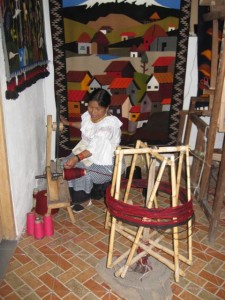
Winding spindles of yarn from skeins. Makes me miss my swift (the thing in the foreground holding the yarn)
We were also shown the traditional dye sources which included seeds from a pod to make brown, plants to make greens. As well they use a small worm that lives on a cactus plant. When squished the worm makes rich red, add lemon juice (acid) and it produces orange, then add baking soda (base) and it turns purple.
Peguche is also known for the manufacture of traditional instruments. The workshop we visited they make a wide variety of mostly pan flutes, recorders, and other flutes. All are made from bamboo grown in Ecuador. There are 200 types of bamboo that grow here and 38 are used for making instruments.
Next stop was the small village of Iluman. The village is known for its concentration of traditional shaman. However, we weren’t there for a cleansing ritual, but rather to visit one of the many hat makers. The hats vary in style from little hats for traditional dolls, to the traditional fedoras sported by the indigenous peoples, as well as elaborate headdresses for celebrations and dancing. The workshop we visited makes about 200 hats a week and they are mostly for export to Europe.
Our final stop was in San Antonio which is known as a centre for wood working. Most of the wood comes from the rainforest so no guarantees on sustainable harvesting or whether any of the wood is endangered types.
As you can tell most of the stops were mostly for shopping. I found the variety of skill crafts being produced very incredible. However, not being a big shopper (no way could I fit it in my backpack) we finished fairly early in the afternoon. It was a fun day, but I think it would have been more interesting to share the experience with a companion. As I mentioned before one of the downfalls of travelling solo is that you sometimes have to do this type of thing on your own.
After returning to the hotel in Otavalo, I picked up my bag and caught the bus back to Quito. I really enjoyed my time in Otavalo in the end and I’m glad I spent a few extra days there to explore the area a bit.
Fitbit stats:
Steps: 9228, Distance: 6.4 km, Floors: 32

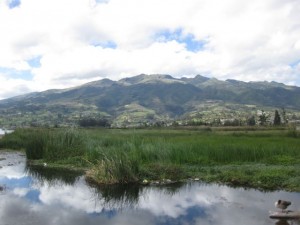

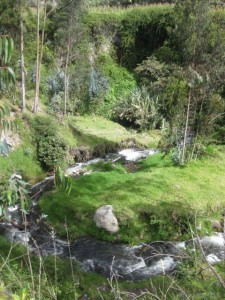

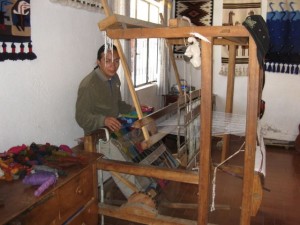
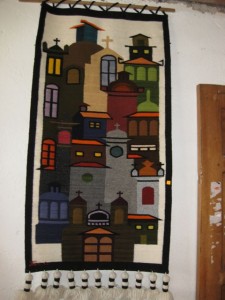
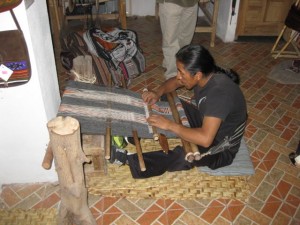
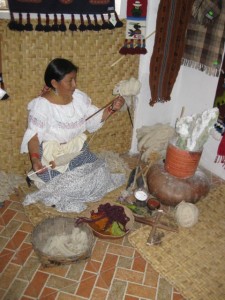
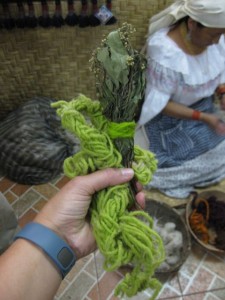
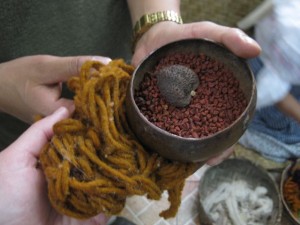
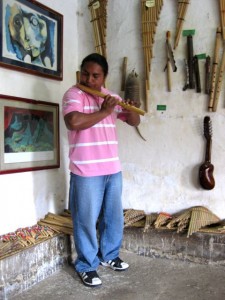
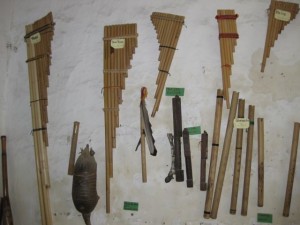
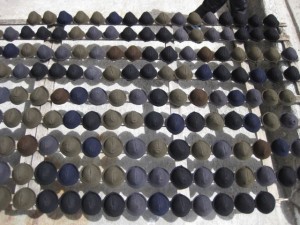
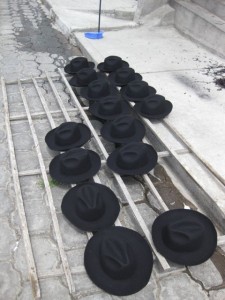
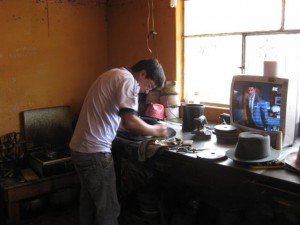
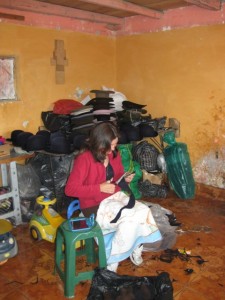
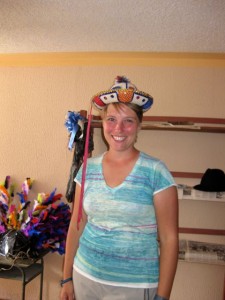
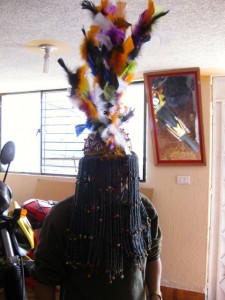
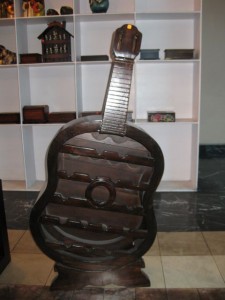
You didn’t get a pan flute???? How cool to see them being made, and the traditional dyes and traditional weaving method. WOW I love your trip!!!